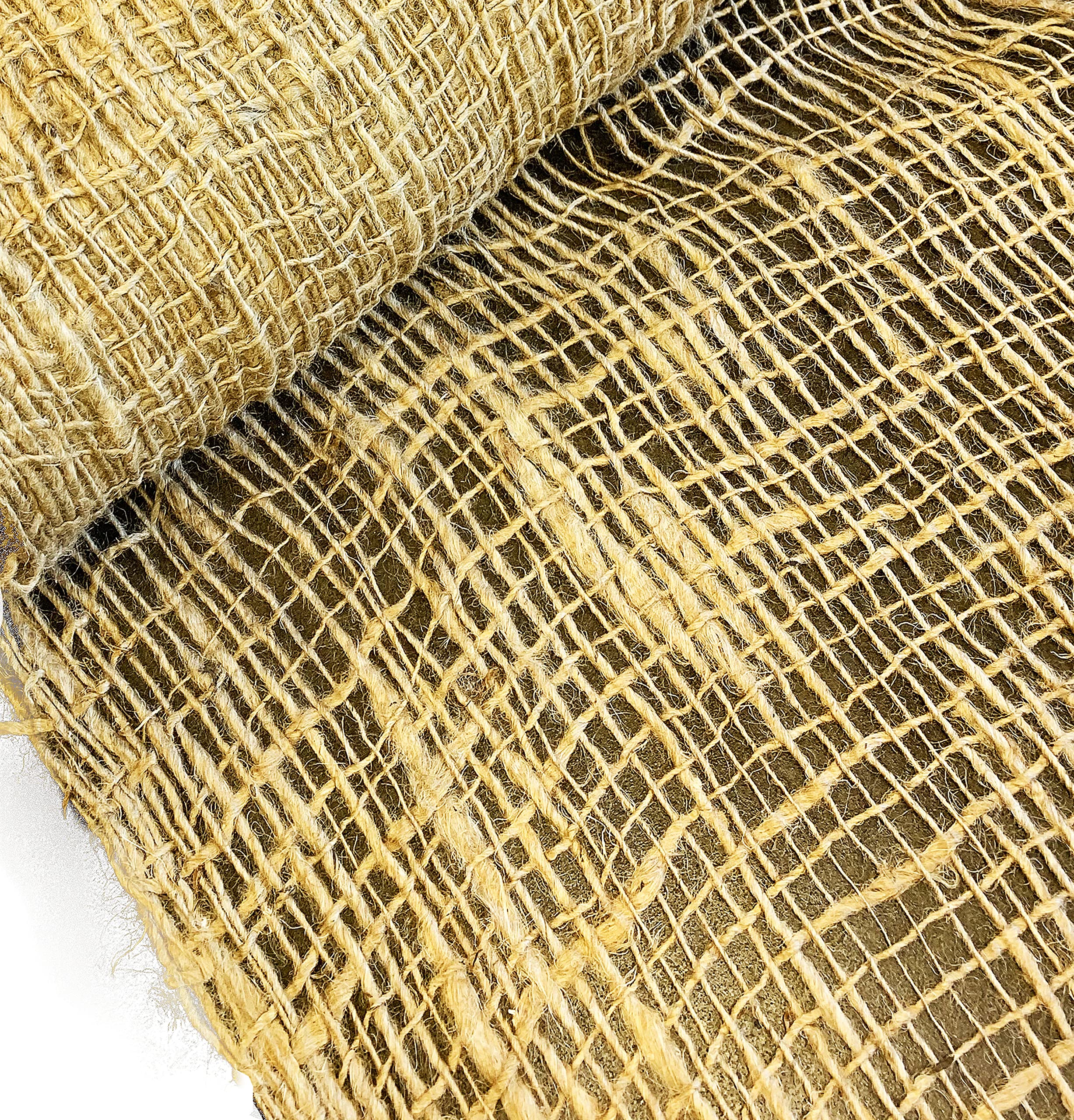- March 22, 2024
- Posted by: wellcoindustries
- Categories: Burlap, Erosion Control
Introduction
Erosion control is a critical aspect of environmental management, ensuring that soil remains in place, waterways stay clear of sediments, and landscapes retain their beauty and functionality. Among the various strategies employed, erosion control netting plays a pivotal role. This article dives deep into the comparison between burlap and synthetic netting, two commonly used materials, to determine which one truly wins in the battle against erosion.

Understanding Erosion Control
Erosion control is the practice of preventing soil erosion caused by water, wind, or other natural forces. It is vital for protecting landscapes, maintaining soil health, and preserving water quality.
The Basics of Erosion Control Netting
What is Erosion Control Netting?
Erosion control netting is a fabric laid over soil or vegetation to protect against erosion. It helps stabilize areas, promotes vegetation growth, and absorbs the energy of falling rain.
The Role of Netting in Erosion Control
Netting serves as a physical barrier, reducing soil displacement and encouraging the establishment of plant life, which further anchors the soil.
Burlap Erosion Control Netting
Features of Burlap Netting
Burlap, made from natural jute fibers, is biodegradable and offers a sustainable option for erosion control. Its porous nature allows for water and air penetration, promoting healthy soil conditions.
Advantages of Burlap for Erosion Control
Burlap is environmentally friendly, cost-effective, and provides a natural solution that supports seed germination and vegetation growth.
Limitations of Burlap Netting
While burlap is effective for short-term applications, its biodegradability means it may not be suitable for long-term erosion control in harsh environments.
Synthetic Erosion Control Netting
Features of Synthetic Netting
Synthetic netting, made from materials like polypropylene, offers strength and durability. It’s designed to withstand harsh environmental conditions and provide long-term erosion control.
Advantages of Synthetic Netting for Erosion Control
Its durability and resistance to degradation make synthetic netting ideal for severe erosion issues and areas requiring long-term stabilization.
Limitations of Synthetic Netting
The environmental impact of synthetic netting, including its non-biodegradability and potential pollution, is a significant concern.
Comparing Burlap and Synthetic Netting
Durability Comparison
Synthetic netting generally offers greater durability than burlap, but this comes with environmental trade-offs.
Environmental Impact
Burlap’s biodegradability makes it a more environmentally friendly option, whereas synthetic netting’s longevity can contribute to plastic pollution.
Cost Analysis
Burlap is often more cost-effective for short-term projects, while synthetic netting, though initially more expensive, may offer cost savings over time due to its durability.
Application Scenarios
The choice between burlap and synthetic depends on project specifics, including duration, environmental conditions, and budget.
The Environmental Perspective
Biodegradability and Sustainability
Burlap scores high in sustainability due to its natural, biodegradable fibers, aligning with green project goals.
Long-Term Environmental Impact
Synthetic netting’s durability is a double-edged sword, offering long-term erosion control at the expense of long-term environmental health.
Making the Right Choice
Factors to Consider
Choosing between burlap and synthetic netting requires balancing factors like project duration, environmental impact, and budget.
Recommendations for Different Scenarios
For short-term, environmentally sensitive projects, burlap is ideal. Synthetic netting suits long-term, high-erosion areas where durability is paramount.
Burlap vs. Synthetic: The Verdict
In the contest between burlap and synthetic erosion control netting, there is no one-size-fits-all winner. The best choice depends on the specific needs and goals of your project, balancing effectiveness, environmental impact, and cost.
Conclusion
Choosing the right erosion control netting—burlap or synthetic—depends on a multitude of factors, including the project’s scale, duration, environmental considerations, and budget. By weighing the advantages and limitations of each, project managers can make an informed decision that not only meets their immediate needs but also aligns with long-term sustainability goals.
